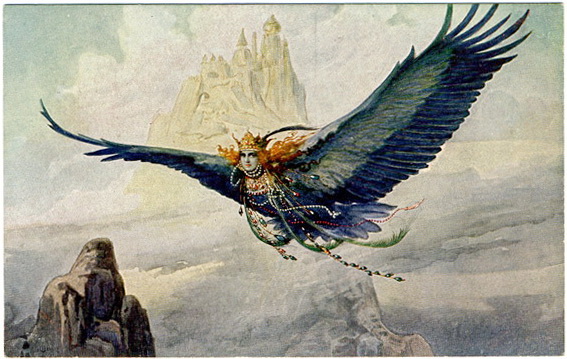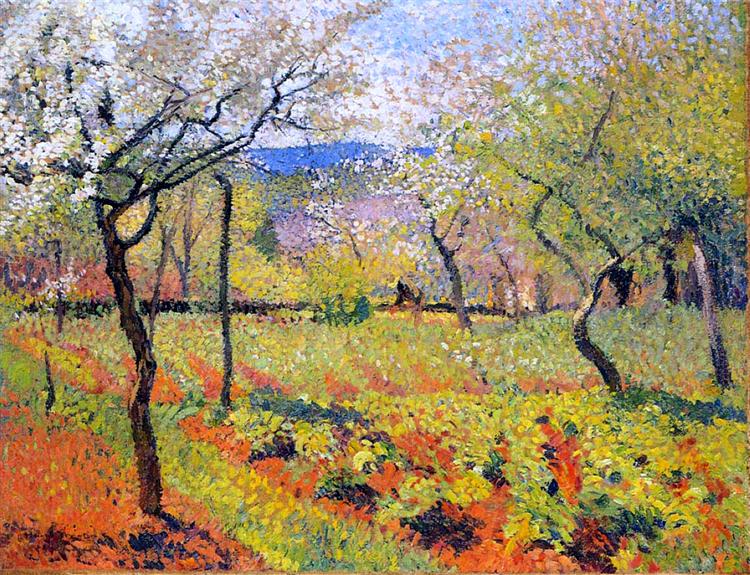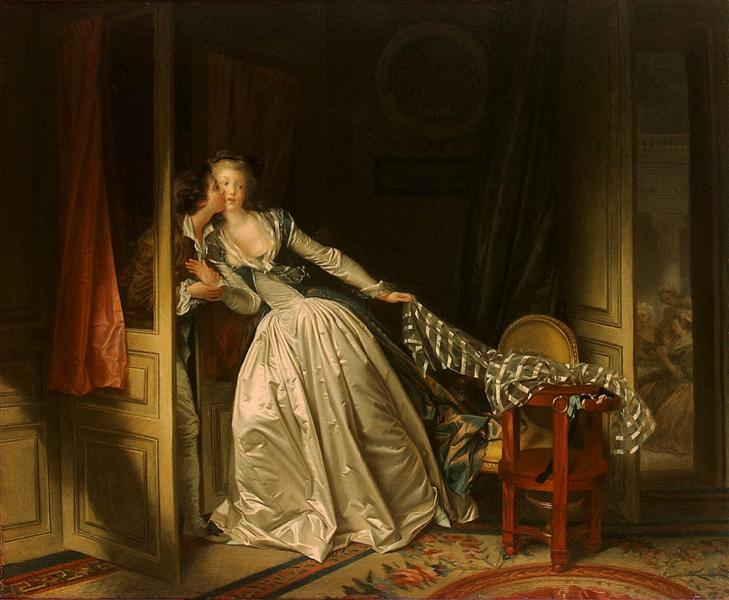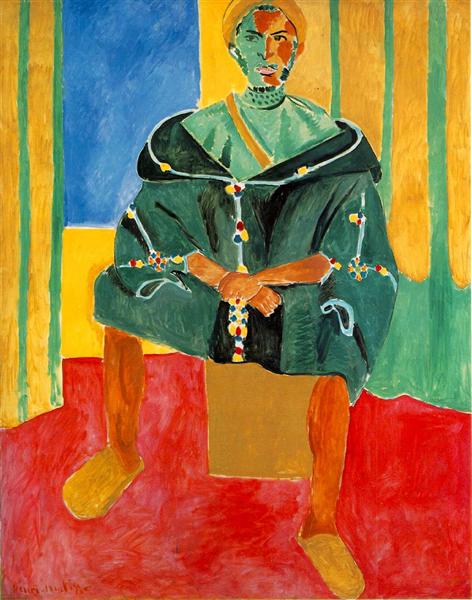Richibi’s Weblog
Just another WordPress.com weblog
Month: January, 2023
January 29, 2023
Fantasy in F minor, Op.49,
January 24, 2023
how to listen to music if you don’t know your Beethoven from your Bach, lll
“Flowering Garden in Spring” (1920)
Henri Martin
_______
violin sonatas, apart from a few notable
exceptions, are accompanied by, usually,
a piano
the violin, as do a great many other
instruments, can only play one note
at a time, the piano can play as many
as you’ve got fingers, a harmonization
is a valued component of any musical
composition, therefore the piano
here’s a violin sonata of Mozart, here’s
a violin sonata of Prokofiev, you’ll
recognize Mozart, he’s the one you’ve
already got in your bones, the one we
grew up with, however ephemerally,
peripherally
Prokofiev is the other one
let me point out that Mozart is foursquare,
the music is straightforward, tonality and
pace, which is to say tempo, are never
eccentric, just delightful, while repetition,
another defining element of Classical
music, the recurrence of a theme, is
unmistakable, and often too often
reiterated, we get it, we want to
tell Mozart
Prokofiev is no longer any of those
things, but the underlying vocabulary
is the same, the rules set out by the
forefathers but extrapolated, turned
into unexpected, exotic flowers, just
as spring delivers its ever distinct,
and surprising, even astonishing,
blossoms every new year, see
above
we are so very blessed
R ! chard
January 17, 2023
how to listen to music if you don’t know your Beethoven from your Bach, cont.
The Stolen Kiss (1788)
Jean-Honoré Fragonard
_____________
if you listened to the couple of pieces I
recommended in my last commentary,
you would’ve indeed recognized, if
even only subconsciously, that the
first work wasn’t composed by the
composer of the other, that different
spirits infused either
a visual representation of the same
thing might be to juxtapose a
contemporary painting of the one
epoch with a corresponding painting
of the other
over a hundred years had passed
between Mozart and Prokofiev,
Mozart’s Piano Sonata no 18, K576
– his last piano sonata, incidentally,
he died a short two years later –
was written in 1789, the year of the
French Revolution, a still safe
distance from Vienna, where
Mozart could still cater to an,
however endangered, species
Jean-Honoré Fragonard, a contemporary
painter, 1732 – 1806, had been doing the
same thing, The Stolen Kiss, 1788, for
instance, a mere year earlier, see above
meanwhile, over a hundred years later,
inches only away from the First World
War, Matisse is doing in art what
Prokofiev is doing in music, taking the
temperature of his own time, Seated
Riffian (1911 –1912) – a Riffian, a Berber,
a North African tribesman – see below,
to corroborate Prokofiev’s equally
emblematic vision of their shared era
you can hear this in the music
mostly through the difference in the use
of volume, languorous softs, thunderous
louds, but also in the more expansive use
of pace, fast, slow, the rapidity of some
notes, the embrace, the extended caress,
of others, in the later composition
which, in a word, follows the development
of the piano from harpsichord to the
instrument we’re used to today
Mozart still had the harpsichord in his ear,
he was writing for the fortepiano, which
evolved, through the pianoforte, to the
piano we know of today, no flexibility of
pace, no flexibility of volume then, listen,
hear, you can hear it in the juxtaposition
we hear a lot more than we think we
hear
R ! chard
__________
Seated Riffian (1911 – 1912)
Henri Matisse
__________
January 13, 2023
how to listen to music if you don’t know your Beethoven from your Bach

“Music“(1895)
Gustav Klimt
________
how to listen to music if you don’t know your
Beethoven from your Bach
the first thing to do, I would suggest, is to stop
and listen, spend the time with the work you’re
listening to, it’s no different than spending half
an hour with a friend
but you have to be there, listen, as you would
with a friend, no cell phones
the next thing I suggest is to compare, put your
work up against a different composer, a
different interpretation, a different version of
the piece you have on hand
I learned this as I learned to tell one artwork
from another, while I turned European art
museums into personal art history classes,
spending hours comparing one painting
with another, doing so chronologically,
century after century, imbibing thereby the
history of Western art
it’s not necessary to know who you might
even be listening to, just listen, hear,
later the names will come
here’s some Mozart, here’s some Prokofiev,
for instance, you’ll tell the difference
instinctively, forget about the composers,
just surrender to the magic
here’s a poem which says more or less
the same thing
How to Read a Poem: Beginner’s Manual
First, forget everything you have learned,
that poetry is difficult,
that it cannot be appreciated by the likes of you,
with your high school equivalency diploma,
your steel-tipped boots,
or your white-collar misunderstandings.
Do not assume meanings hidden from you:
the best poems mean what they say and say it.
To read poetry requires only courage
enough to leap from the edge
and trust.
Treat a poem like dirt,
humus rich and heavy from the garden.
Later it will become the fat tomatoes
and golden squash piled high upon your kitchen table.
Poetry demands surrender,
language saying what is true,
doing holy things to the ordinary.
Read just one poem a day.
Someday a book of poems may open in your hands
like a daffodil offering its cup
to the sun.
When you can name five poets
without including Bob Dylan,
when you exceed your quota
and don’t even notice,
close this manual.
Congratulations.
You can now read poetry.
Pamela Spiro Wagner
music is also like that
R ! chard



